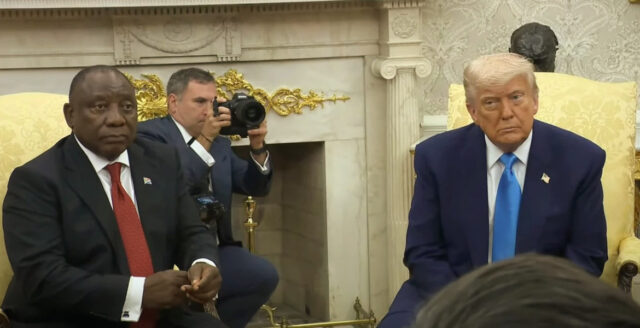China's Yarlung Tsangpo Hydroelectric Project is planned to produce three times as much energy as the Three Gorges Dam, currently the world's largest. However, plans for the hydropower plant are raising concerns in India, which is downstream from the planned construction.
The hydropower plant is part of China's 14th Five-Year Plan, which aims to accelerate the development of renewable energy and reduce pollution, New Atlas reports. The project is planned on the Yarlung Zangbo River in Tibet, near the border with India.
The dam is planned to be strategically placed to take advantage of the river's steep location, allowing it to generate more hydropower than any previous dam. It is expected to produce a total of 300 billion kilowatt hours per year, or 300 TWh, which is enough to supply 300 million people in China.
The Yarlung Zangbo River, which changes its name to the Brahmaputra as it flows into India, is one of the world's highest rivers, originating from the Angsi Glacier in Tibet. It has a head of 7,667 meters, making it one of the most hydropower-rich rivers in the world. Building a dam on the site will require drilling several 20-kilometer-long tunnels to divert the river.
No clear timetable
The current record holder, the Three Gorges Dam on the Yangtze River in China, produces between 95 and 112 TWh per year. If completed, the Yarlung Tsangpo Hydroelectric Project is expected to generate almost three times as much energy.
Authorities in India have expressed concerns about China's control of the river's flow, which could affect downstream areas on the Indian side of the border. However, Chinese officials claim that extensive geological studies have been carried out in the seismically active area and that construction can be carried out safely. No timeline has yet been set for the project.





